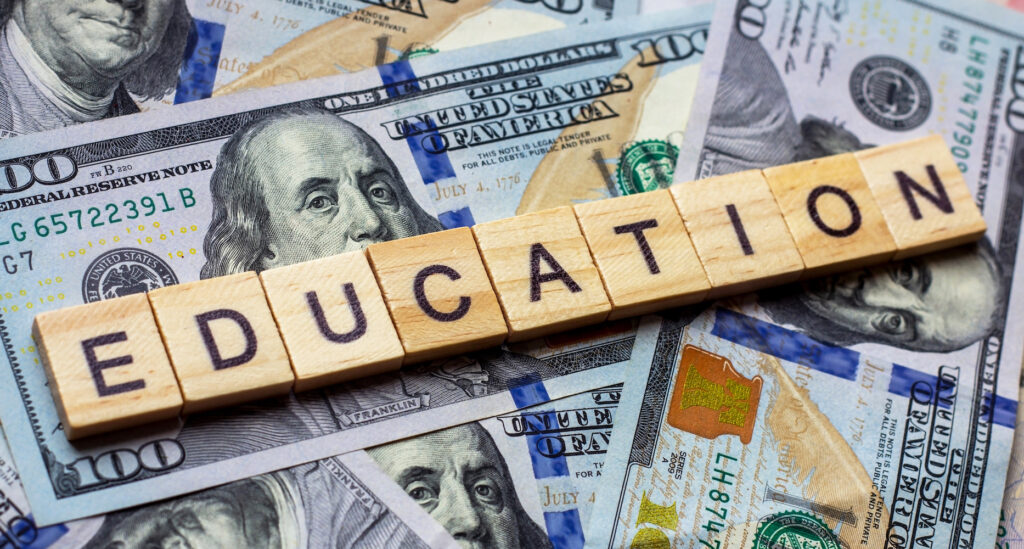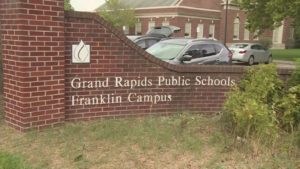America’s annual K-12 spending nears $1 trillion
The nation’s public education spending continues to rise, yet students continue to struggle with academic basics post-pandemic.
The Institute of Education Sciences, the research arm of the U.S….

The nation’s public education spending continues to rise, yet students continue to struggle with academic basics post-pandemic.
The Institute of Education Sciences, the research arm of the U.S. Department of Education, released a new report on K-12 spending during Fiscal Year 2022.
The report reveals total K-12 revenue from local, state and federal taxes to be over $909 billion – a $20 billion increase from the year before.
Per pupil, that averages out to more than $18,000 across the nation, though the range includes just $10,000 per pupil for thrifty states like Utah, to nearly $30,000 per pupil in New York.
Just over half of all funding ($497 billion) was spent on teachers and instructional support staff. And another 12% went to wages and benefits for non-instructional staff.
Many policymakers have raised the alarm about the rising administrative costs in public schools, since it prevents tax dollars from reaching the classroom.
A recent Iowa audit found administrative costs grew nearly 20% during a 6-year period, and a similar audit in Mississippi revealed in-classroom spending decreased nearly 8% while administrative spending rose 6.5% since 2006.
One Missouri state representative even told The Lion that $4 billion of the state’s $10 billion education budget never makes it to the classroom due to “bureaucratic bloat.”
The increase in administrative spending also far outpaces student population growth.
According to data from the U.S. Department of Education, the public school student population only grew 7.6% between 2000 and 2019.
During the same period, while the teacher population grew 8.7%, the number of administrators increased 10 times more, 87.6%.
But despite the historically large budgets and growing staffs, public school test scores are still declining – even in comparison to 2020.
Education Secretary Miguel Cardona continues to blame the pandemic, saying it will “take years of effort and investment to reverse the damage.”
However, observers wonder if spending more money is enough to fix the problem.
Education reformer advocates, such as Corey DeAngelis, say the money should actually follow the students to the school of a family’s choice, instead of propping up a system, which seems to be failing for many.



